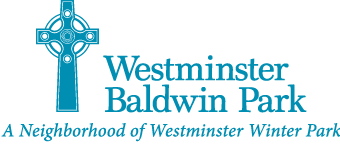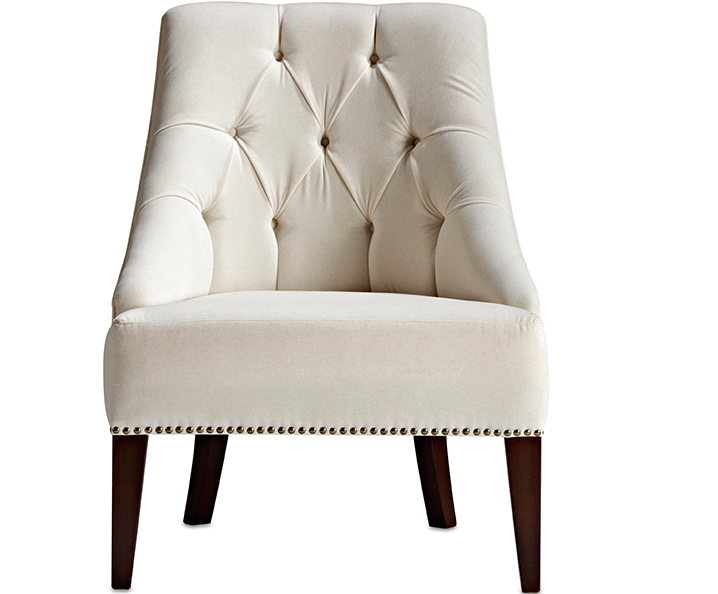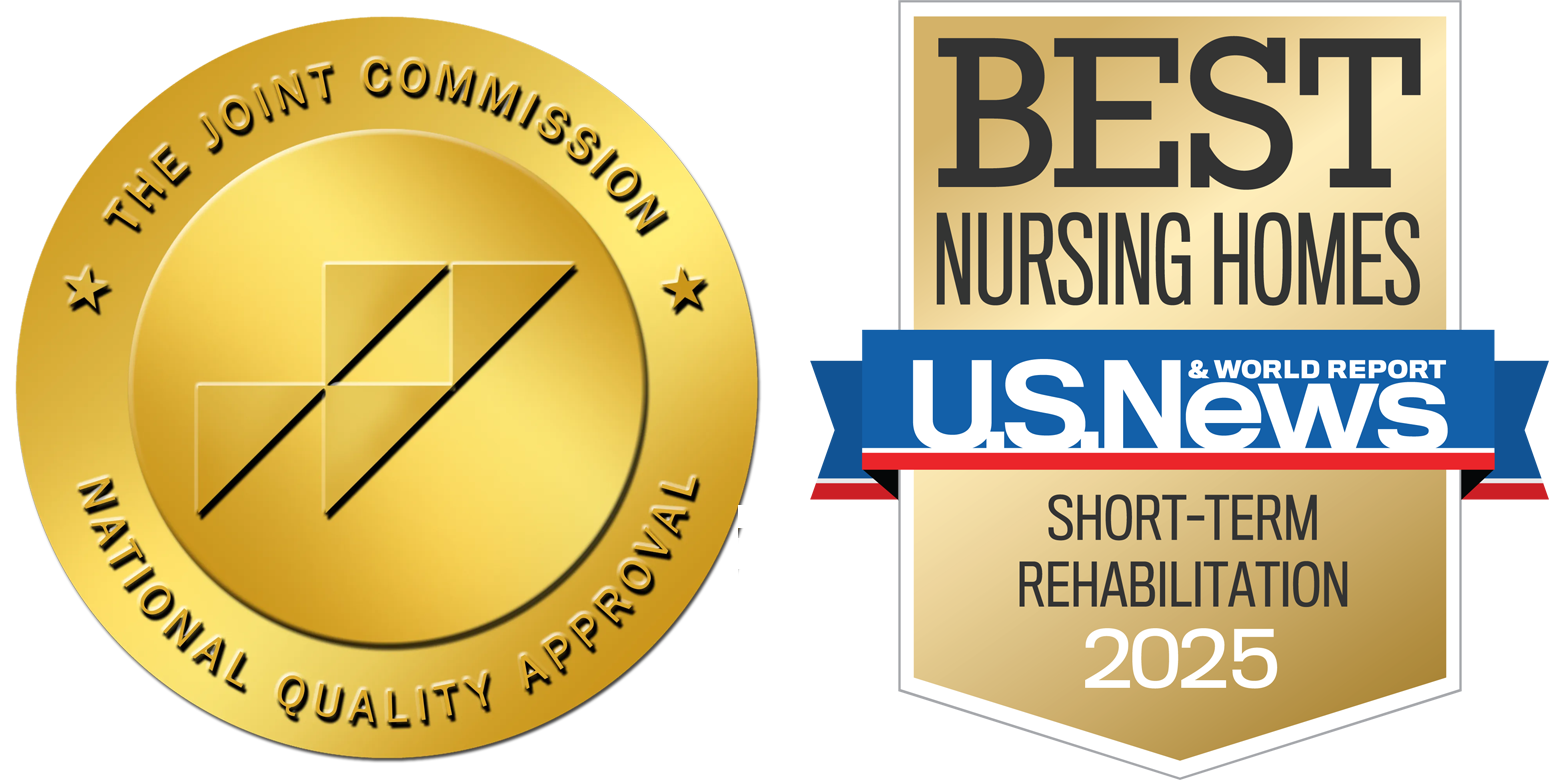Falls represent one of the most significant health risks for older adults, with potential consequences ranging from minor bruising to serious fractures that can dramatically impact independence and quality of life. Fortunately, research consistently shows that most falls are preventable through a combination of environmental modifications, physical conditioning, and awareness strategies. For those in independent living and across the spectrum of senior living options, implementing effective fall prevention measures can help maintain both safety and autonomy.
Understanding Fall Risks in Senior Living Environments
Fall risk factors typically fall into three categories: physical conditions, environmental hazards, and behavioral patterns. Physical factors include changes in balance, vision, and muscle strength that naturally occur with aging. Environmental factors involve potential hazards in living spaces, while behavioral factors include habits that might increase fall risk.
In senior living communities, comprehensive fall prevention programs address all three categories. Life plan communities often incorporate fall risk assessments as part of their wellness programs, allowing for personalized prevention strategies that evolve as needs change. These proactive approaches help residents maintain independence longer while reducing the likelihood of transitions to higher levels of care due to fall-related injuries.
Balance Enhancement Exercises for Independent Living
Regular physical activity focused specifically on balance improvement represents one of the most effective fall prevention strategies. Research shows that exercises targeting balance, gait, and coordination can reduce fall risk by up to 40% when practiced consistently.
Many independent living communities offer specialized fitness programs designed with fall prevention in mind. Tai Chi classes have proven particularly effective, with studies demonstrating significant improvements in balance and reduction in fall rates among regular practitioners. Other beneficial options include yoga adapted for seniors, dance classes, and specific balance-training exercises that gradually increase in difficulty as abilities improve.
Incorporating these balance activities into a regular fitness routine provides benefits beyond fall prevention, including improved cardiovascular health, enhanced mood, and opportunities for social engagement—all contributing to overall wellness in senior living environments.

Environmental Assessment and Home Modifications
Creating safer living spaces through environmental assessment and targeted modifications represents a crucial component of comprehensive fall prevention. Even in well-designed senior living residences, personalized adjustments can further reduce fall risks.
Common environmental modifications include:
- Removing or securing loose rugs and electrical cords
- Installing grab bars in bathrooms near toilets and showers
- Ensuring adequate lighting, particularly in transition areas
- Arranging furniture to create clear pathways
- Adding non-slip surfaces in potentially wet areas
In assisted living settings, environmental assessments often occur as part of regular care planning, with staff trained to identify and address potential hazards. For those in independent living, many communities offer voluntary home safety evaluations conducted by occupational therapists who can recommend specific modifications based on individual needs and living spaces.
Vision Care’s Role in Fall Prevention
Regular vision care represents an often-overlooked aspect of fall prevention. Vision changes, including decreased depth perception, reduced contrast sensitivity, and conditions like cataracts or glaucoma, significantly impact balance and spatial awareness.
For residents across all levels of senior living—from independent living to memory care—annual comprehensive eye examinations should be considered an essential component of fall prevention. Proper lighting becomes particularly important as vision changes, with higher wattage bulbs and additional task lighting often recommended to compensate for decreased visual acuity.
Transitional lenses and bifocals, while helpful for many visual tasks, can sometimes contribute to fall risk on stairs or when moving between differently lit areas. Working with vision specialists familiar with older adults’ unique needs can help identify the optimal eyewear solutions that balance various visual requirements with safety considerations.
Medication Management for Fall Risk Reduction
Certain medications—particularly those affecting blood pressure, sleep, mood, or cognition—can increase fall risk through side effects like dizziness, drowsiness, or altered balance. A comprehensive medication review represents an important fall prevention strategy often facilitated through senior living healthcare services.
In skilled nursing environments, medication reviews occur as part of regular care planning. However, independent and assisted living residents also benefit from periodic medication assessments, ideally involving both primary care providers and pharmacists with geriatric expertise. These reviews can identify potentially problematic medication combinations or dosing schedules that might contribute to fall risk.
Strategic timing of medications can sometimes reduce side effects that impact balance. Additionally, exploring non-pharmacological alternatives for certain conditions—such as sleep hygiene practices instead of sleep medications—may reduce reliance on medications with higher fall risk profiles.
Footwear and Assistive Devices
Proper footwear plays a crucial role in fall prevention across all senior living settings. Shoes with non-slip soles, good support, and secure closures help maintain stability during daily activities. Avoiding backless styles, high heels, and slippers without proper support can significantly reduce fall risk.
When appropriate, properly fitted and correctly used assistive devices provide additional stability. However, using the wrong device or using it incorrectly can actually increase fall risk. Physical therapists in life plan communities can assess gait patterns and recommend appropriate devices—whether a cane, walker, or other support—based on individual needs rather than general assumptions.
For those using assistive devices, regular maintenance checks ensure continued safety and effectiveness. Many senior living communities offer periodic “tune-up” clinics for walkers and other mobility aids, checking for worn parts, proper height adjustments, and appropriate brake function.
Hydration and Nutrition for Fall Prevention
Adequate hydration and nutrition play surprisingly important roles in fall prevention. Dehydration can cause dizziness and confusion, while poor nutrition may contribute to muscle weakness and reduced bone density—all factors that increase fall risk.
Dining programs in senior living communities often incorporate fall prevention considerations into their nutritional planning. Adequate protein supports muscle maintenance, while appropriate calcium and vitamin D intake contributes to bone health. For those with specific nutritional challenges, registered dietitians in assisted living or memory care settings can develop personalized approaches to support optimal physical functioning.
Maintaining consistent hydration throughout the day, rather than consuming large amounts at once, helps prevent the sudden blood pressure changes that can cause dizziness when standing. Many senior communities now emphasize creative hydration strategies that make adequate fluid intake more appealing and accessible.

Fall Response Planning in Life Plan Communities
Despite the best prevention efforts, falls may still occur. Developing a fall response plan represents an important safety component across all levels of senior living. Knowing what to do after a fall can prevent complications and ensure prompt assistance.
Life plan communities often incorporate personal emergency response systems into their safety protocols, with devices that allow residents to call for help if they fall. In memory care and assisted living settings, more comprehensive monitoring systems might be employed, while still respecting privacy and dignity.
Practicing how to get up safely after a non-injurious fall can provide valuable skills and confidence. Physical therapists in senior living communities often teach techniques for rising from the floor using furniture or other supports, empowering residents with practical strategies should a fall occur.
Comprehensive Fall Prevention Programs in Senior Communities
The most effective approach to fall prevention integrates multiple strategies within a comprehensive program. Many life plan communities have developed multi-faceted fall prevention initiatives that combine:
- Regular balance and strength assessments
- Targeted exercise programs
- Environmental safety evaluations
- Educational workshops on fall prevention
- Coordination with healthcare providers on medication management
- Staff training on fall risk identification and intervention
These programs typically involve interdisciplinary teams including fitness specialists, nurses, physical therapists, and environmental safety experts working together to address the complex factors that contribute to fall risk.
For memory care residents, specialized approaches acknowledge the unique challenges of cognitive impairment. These might include environmental modifications with visual cues, consistent routines that reduce confusion, and staff trained in techniques that support safe mobility while preserving dignity and independence to the greatest extent possible.
In skilled nursing settings, fall prevention protocols become even more individualized, with care plans addressing specific medical conditions, rehabilitation needs, and functional capabilities. Even temporary risk factors like new medications or acute illness trigger additional prevention measures to ensure safety during vulnerable periods.
Across the spectrum of senior living options—from independent living through memory care—effective fall prevention ultimately serves the same goal: supporting each resident’s highest possible level of safe independence and quality of life. By addressing fall risks proactively through evidence-based strategies, senior communities help ensure that physical safety enhances rather than limits the active, engaged lifestyle that contributes to well-being in later years.
Westminster Communities of Florida® is a faith-based, not-for-profit organization serving older adults since 1954, with more than 7,000 residents in 22 communities. Learn more at https://westminstercommunitiesfl.org/





